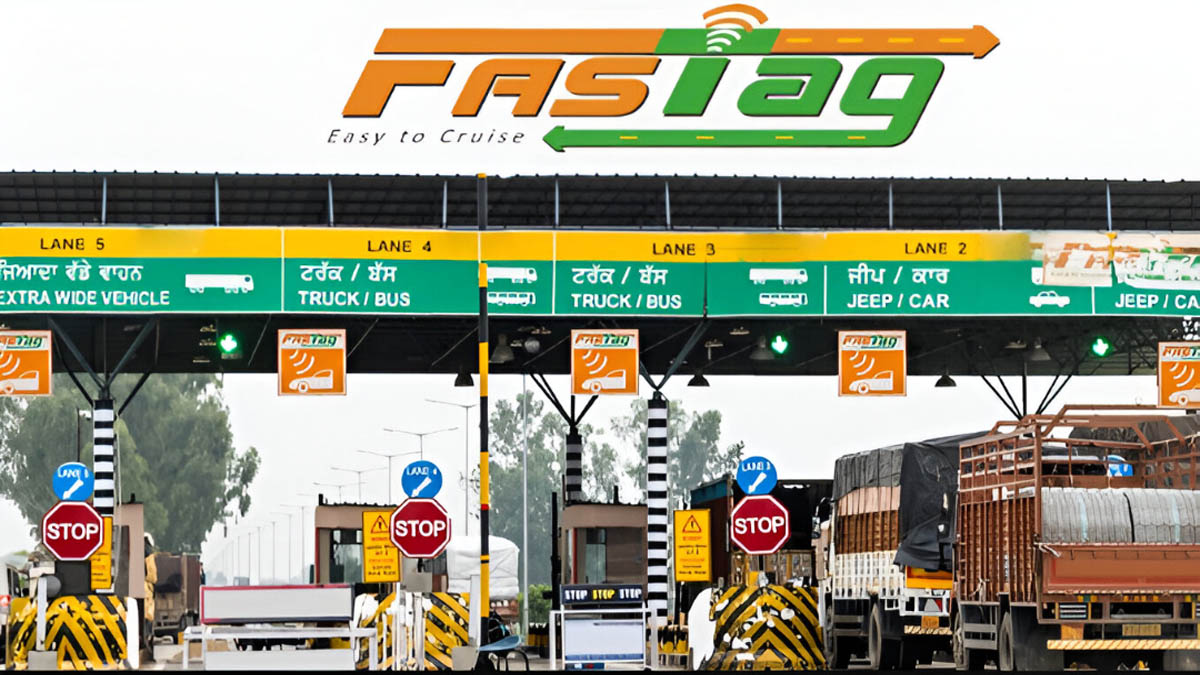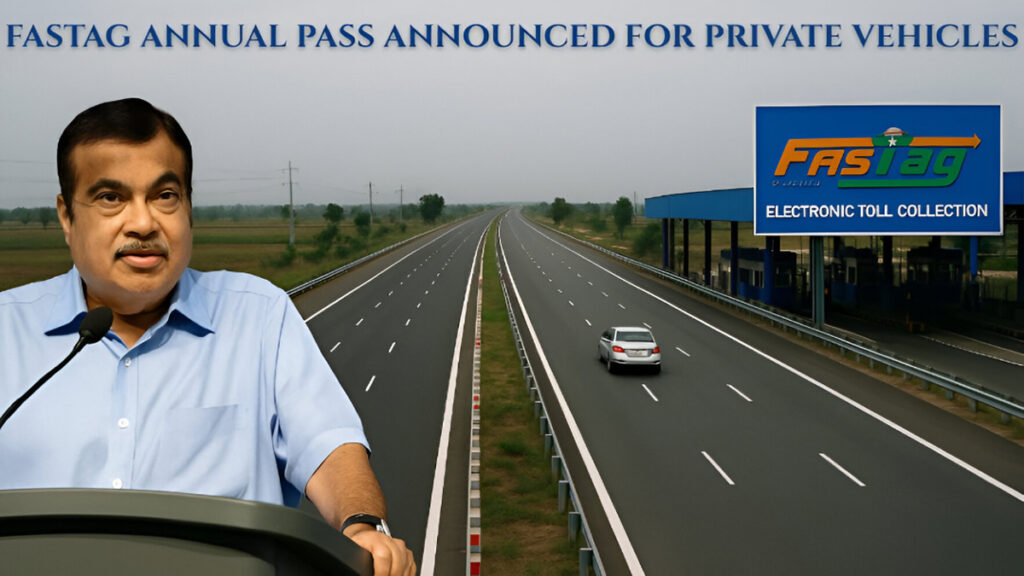Now Reading: Now Being Clever Won’t Work: Pay Double Toll Tax if You Don’t Install FASTag
-
01
Now Being Clever Won’t Work: Pay Double Toll Tax if You Don’t Install FASTag
Now Being Clever Won’t Work: Pay Double Toll Tax if You Don’t Install FASTag

Commuters on national highways are facing a stern reminder that the era of bypassing FASTag is definitively over. Authorities have firmly implemented the rule mandating double toll charges for vehicles entering FASTag lanes without a valid and functional tag. This measure is not just a gentle nudge; it’s a clear directive aimed at ensuring smoother traffic flow and complete adoption of the electronic toll collection system.
For those who have been procrastinating or perhaps attempting to circumvent the system, the cost of this oversight has now doubled. Previously, vehicles without FASTag entering these dedicated lanes were already subject to penalties. However, the current enforcement leaves no room for excuses. If your vehicle doesn’t have a FASTag, or if the tag is inactive due to insufficient balance or blacklisting, be prepared to shell out twice the applicable toll fee.
This stringent rule is a significant step towards achieving the goals envisioned for the FASTag system. Launched to reduce congestion at toll plazas, save commuters’ time, and promote digital transactions, FASTag relies on Radio Frequency Identification (RFID) technology. The tag, affixed to the vehicle’s windshield, allows for automatic deduction of toll charges as the vehicle passes through, eliminating the need for cash transactions and long queues.
The National Highways Authority of India (NHAI) has been consistently urging vehicle owners to adopt FASTag. With the majority of toll plazas now equipped with dedicated FASTag lanes, vehicles without the tag not only face financial penalties but also contribute to delays for others who have embraced the system.
Several reasons can lead to a FASTag being inactive. Insufficient balance is a common issue, and users are advised to ensure their tags are adequately recharged before commencing their journey. Tags can also be blacklisted due to non-payment of previous tolls or failure to update Know Your Customer (KYC) details. Recent guidelines also emphasize the importance of properly affixing the FASTag to the vehicle’s windshield; failure to do so can also result in penalties.
Authorities have made it clear that the double toll charge is not merely a penalty but a necessary measure to discourage non-compliance and maintain the efficiency of the FASTag lanes. The message is unambiguous: having a functional FASTag is no longer a convenience; it’s a mandatory requirement for hassle-free travel on national highways.
For those yet to acquire a FASTag, the process is relatively straightforward. They can be obtained from various banks, online platforms, and even at toll plazas. It is crucial to ensure that the tag is activated and has sufficient balance before embarking on highway journeys.
The implementation of double toll charges for non-FASTag users marks a decisive move towards a fully digital toll collection ecosystem. While it may seem like a harsh measure to some, it underscores the commitment to streamlining highway travel and ensuring that the benefits of FASTag are realized for all commuters. So, if you’ve been relying on clever tactics to avoid getting a FASTag, it’s time to reconsider. The cost of being unprepared has just doubled, making the adoption of FASTag the truly smart choice.








